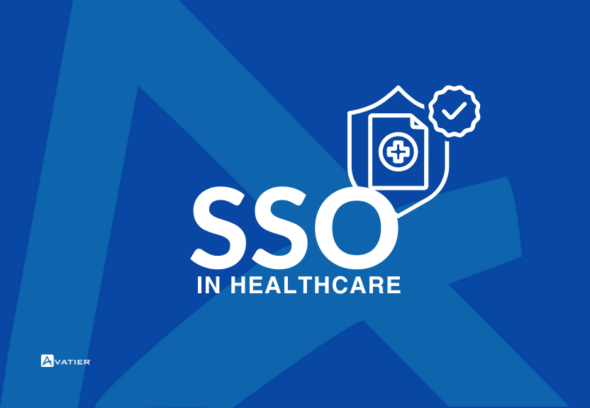Patient’s information should flow smoothly to provide good care. However, there are many systems and applications provided by the healthcare establishment making the process of accessing patient data long and laborious for healthcare professionals. Now this is where Single Sign-On (SSO) is appreciated, as it is radically changing the way a healthcare organization administers access to its systems.
SSO provides healthcare professionals the capability to authenticate once and then to access multiple systems without needing to login separately to each application. SSO cuts the need for multiple credentials, thereby achieving efficiency, saving time and preventing password related security breaches. Healthcare employees, by means of SSO, can concentrate on what is essential, i.e. delivering outstanding care to their patients.
Patient Information Protection with SSO
With respect to the patient information, privacy and security comes first. There is trust reposed in healthcare organizations which hold sensitive and confidential data, that must be protected from unauthorized access. SSO contributes significantly to patient data security by providing strong authentication and access control techniques.
Through SSO, healthcare organizations are able to apply tighter password policies, for instance, complex passwords and regular password expiration. It is less likely that weak passwords which can be easily compromised are used. Also, SSO diminishes the necessity of users to retain different passwords, minimizing password reusing between multiple systems. This considerably improves the general security stance of healthcare organizations making sure that patient data stays secure and undisclosed.
SSO in Healthcare Organizations Implementation
Implementation of the SSO in healthcare organizations demands a thorough plan and its execution. It covers the process of assimilating the SSO solutions with the current systems and applications to guarantee smooth user interaction. Moreover, healthcare organizations should factor in the specific needs and regulations which govern the healthcare industry.
When implementing SSO, healthcare organizations must begin by performing an audit of their existing systems landscape and list the applications which would benefit the most from SSO. Additionally, they should also measure the compatibility of their systems with SSO solutions and put in place enough security measures to safeguard patient data.
SSO implementation in healthcare common challenges and solutions
In healthcare however, benefits from SSO do not come without problems on the other hand. A common problem is the difficulty of integrating SSO with legacy systems which may not be developed to support the modern authentication methods. This can be overcome by healthcare organizations using identity federation protocols such as SAML (Security Assertion Markup Language) or OAuth (Open Authorization) to connect legacy systems with SSO solutions.
Another difficulty concerns finding a balance between security and user comfort. Healthcare organizations have to walk a thin line in putting in place strong authentication measures to protect patients’ data while retaining a smooth user interaction. This can be achieved in close combination of MFA and SSO, and an additional factor of verification is needed like biometrics and one-time password.
Recommended Practices in SSO Deployment in the Healthcare Sector
For a successful SSO implementation in the healthcare sector, certain established best practices must be followed. It is important to involve key stakeholders from various departments including IT, security and clinical staff at the very beginning when requirements are gathered and possible concerns are addressed. This collaborative approach guarantees that all the angles are taken into consideration and increases the chances of implementing this successfully.
Furthermore, healthcare organizations must concentrate on user training and education to make sure that healthcare workers know the merits of SSO and how to use it properly. This comprises educating users on password management guidelines, for example, the use of unique passwords and frequently changing passwords.
Eventually, systematic auditing and checking should be done to review the SSO implementation status and identify any security loopholes. Such approach enables healthcare organizations to always improve their security stance, facing the evolving cyber-attacks.
Conclusion
Single Sign-On (SSO) is a convenient addition that not only unifies system access, but also protects patient data. Through the elimination of the need for several logins and passwords, SSO simplifies the authentication process for healthcare professionals which results in time and productivity savings. SSO has strong authentication mechanisms and a unified access control, therefore ensures integrity and security of patients data.
Implementing SSO in healthcare organizations entails thorough planning, given the peculiarities of the industry and its regulations. Through integration obstacles overcoming and a trade off between security and user comfort being found healthcare organizations can succeed in Single sign on implementation and enjoy its benefits.
In a data privacy and efficiency oriented world, SSO is a game changer for healthcare organizations. Start your trial right away and take advantage of SSO facilities which are aimed at easing access and strengthening privacy in health care.




